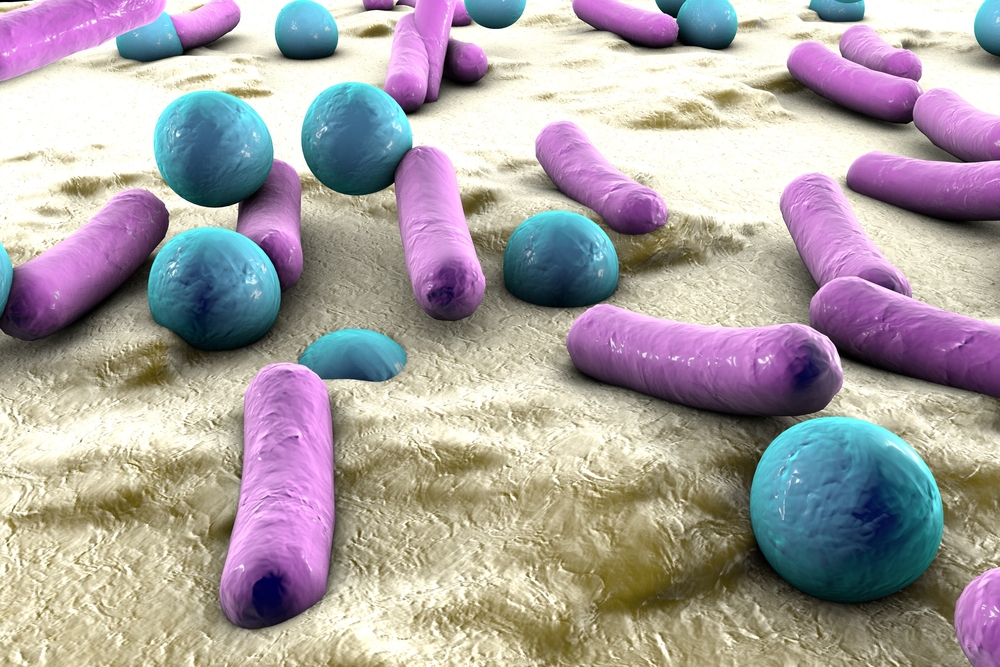In a recent study entitled “Genotypic and phenotypic analyses of a Pseudomonas aeruginosa chronic bronchiectasis isolate reveal differences from cystic fibrosis and laboratory strains,” researchers investigated the mechanisms the bacteria Pseudomonas aeruginosa uses to adapt specifically to patients with bronchiectasis. The study was recently published in the journal BMC Genomics.
Bronchiectasis is a disease characterized by dilated bronchi and airway inflammation, culminating in chronic production of sputum and long-term bacterial colonization of the airways. Pseudomonas aeruginosa is a common bacterium in respiratory infections, including cystic fibrosis and bronchiectasis, and is associated with worsening of symptoms, impaired pulmonary function, and increased exacerbation episodes. From a clinical point of view, these infections are particularly difficult to treat with antibiotics, therefore supporting an urgent need for understanding the mechanisms allowing infection persistence in these patients. While Pseudomonas aeruginosa adaptation to cystic fibrosis lungs has been the subject of extensive studies, the mechanisms underlying its persistence in the lungs of patients with bronchiectasis are poorly characterized.
The researchers tackled this question and determined the genome sequence and characterized the phenotypes of a specific isolate of Pseudomonas aeruginosa strain, the PAHM4, associated with chronic bronchiectasis infection. They discovered that this strain undergoes a similar process of adaptation in the lungs of bronchiectasis patients to those with cystic fibrosis, including mucoid phenotype, hyper-mutation, loss of motility, and an extensive antibiotic resistance profile. Notably, however, virulence phenotypes of Pseudomonas aeruginosa PAHM4 differ from those of cystic fibrosis and laboratory isolates, exhibiting a significantly higher adhesion and invasion.
Hence, these findings suggest that although the Pseudomonas aeruginosa PAHM4 strain shares common phenotypes of pathogenesis between different infection environments, this strain also has genetic and phenotypic traits that are niche-specific, being activated only in bronchiectasis conditions.
The authors highlight, however, that while these findings advance our understanding of Pseudomonas aeruginosa bronchiectasis infection, the PAHM4 is currently the single Pseudomonas aeruginosa isolate from bronchiectasis subjected to genome sequencing. Thus, future studies on additional Pseudomonas aeruginosa isolates are required to determine if the findings identified for the PAHM4 strain are common to other bronchiectasis isolates, or are strain specific. These findings carry a particular clinical significance that may help in the design of future therapeutic targets and strategies to control chronic infections in patients with bronchiectasis.

